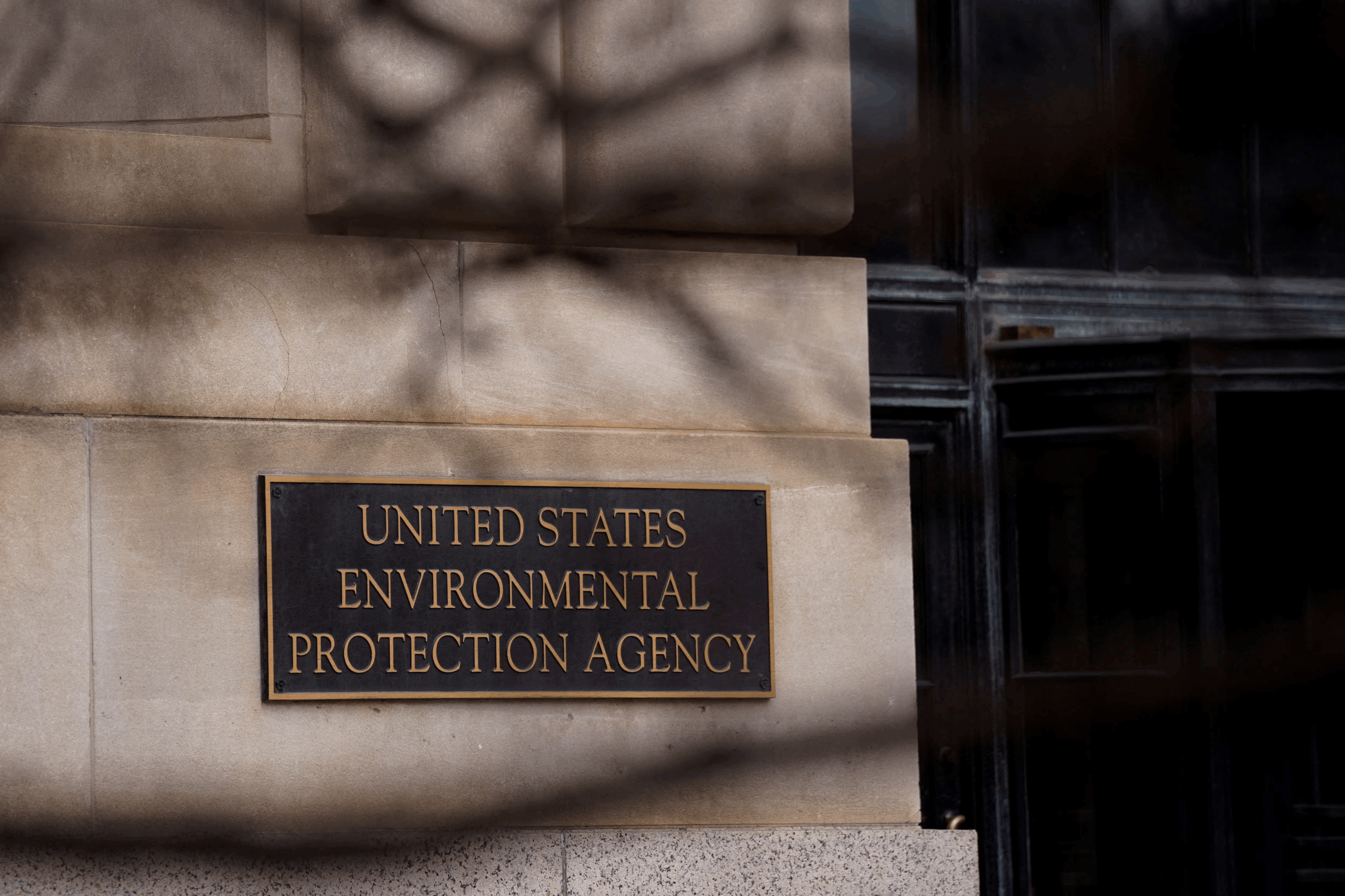Agency says “realignment” necessary, critics call it a quiet dismantling
WASHINGTON, D.C. — On Tuesday, the Environmental Protection Agency sent termination notices to nearly 200 staff working in environmental justice programs. The agency claims their work no longer fits the EPA’s mission.

Some former EPA officials and political opponents claim the move is ideological. Others say it’s simply practical.
The affected employees belong to the Office of Environmental Justice and External Civil Rights. They were already placed on administrative leave in February. Their formal termination takes effect July 31.
According to the letter sent to employees, the decision was made to “align our workforce with the agency’s current and future needs” and improve program efficiency.
Bloated Programs, Little Output
EPA Administrator Lee Zeldin offered little apology for the move. In a press briefing, he said the environmental justice efforts were full of talk and light on action.
“In the name of environmental justice, money gets secured but doesn’t solve anything,” Zeldin said. “It goes to groups that tell us what we already know—pollution is bad—without doing anything about it.”
Zeldin, appointed by President Trump, said the agency would continue cutting waste. He’s targeting a 65% reduction in the EPA’s overall budget.
A Bureaucratic Legacy Ends
The Office of Environmental Justice was built over the years to address perceived inequalities in pollution impacts. But critics argue the office achieved little besides paperwork and grant funding for advocacy groups.
The programs focused on helping “marginalized” communities affected by pollution, but often lacked measurable results. Reports were produced, funds were allocated, and the problem remained.
Now, those programs are being phased out quietly, without public hearings or much fanfare.
Union Pushback as Expected
As expected, the union that represents EPA workers pushed back. Joyce Howell of AFGE Council 238 criticized the move as a betrayal of the agency’s purpose.
“Decimating our agency and Environmental Justice workforce goes against our oath,” Howell said in a statement.
The union represents over 8,000 EPA employees, many of whom are career bureaucrats. Their concern, however, seems more focused on job preservation than actual environmental outcomes.

Shifting Priorities or Accountability?
Zeldin has been blunt: the agency will focus on visible, quantifiable work—site remediation, direct pollution controls, and faster enforcement.
He did not deny that underserved communities face more pollution. He simply argued that the existing programs weren’t solving it.
“People want clean air and water,” Zeldin said. “Not endless meetings about equity.”
This new direction strips away layers of process, consultants, and task forces in favor of action.
Trimming the Fat or Gutting the Core?
Under previous administrations, the agency’s budget and staff grew steadily—along with layers of oversight and niche programs. Environmental justice became one of many catch-all initiatives, often tangled in red tape.
With this reduction, the EPA is shedding weight and recalibrating.
Reform or Retreat?
Whether you call it reform or retreat, the EPA is changing fast. Programs that once enjoyed political protection are now fair game.
If the current leadership holds, more cuts and restructures are coming. For now, nearly 200 federal employees are out—and one bureaucratic office is heading toward obsolescence.
Our Visitor






 Users Today : 26
Users Today : 26


